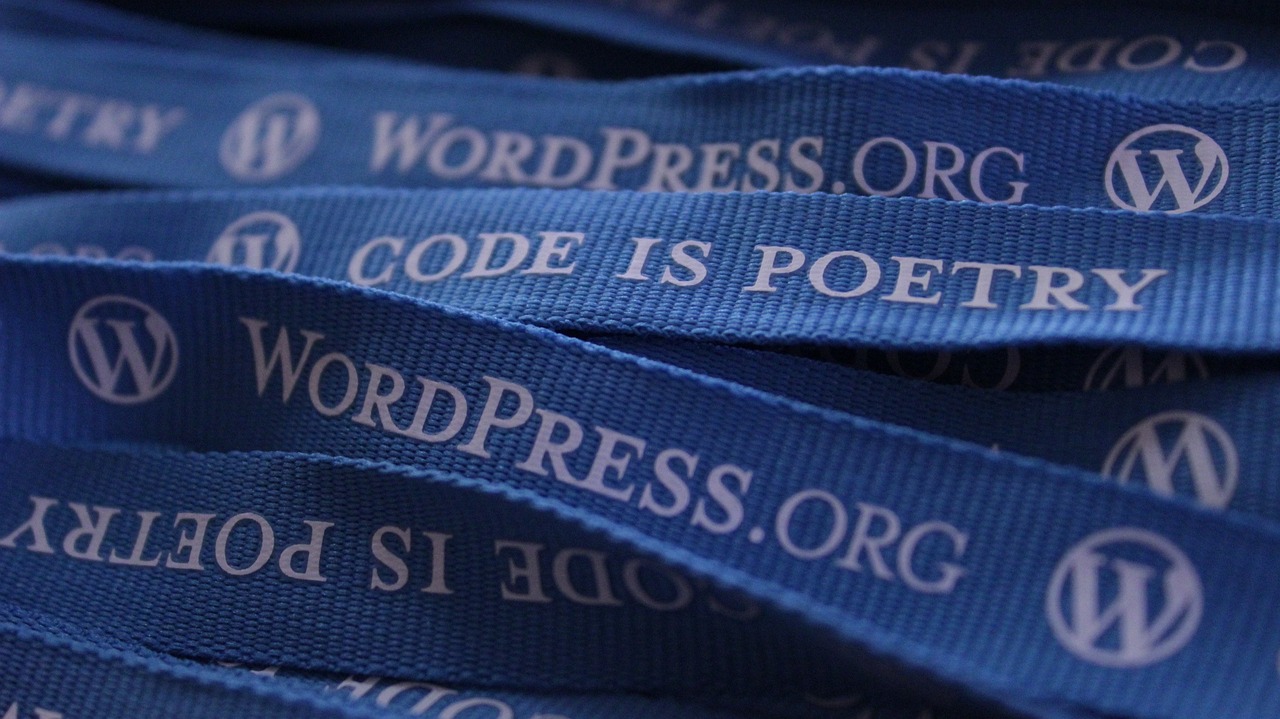Step 1: Choose a Domain and Hosting Provider
- Select a domain name that represents your website and is easy to remember.
- Choose a reliable hosting provider that fits your needs and budget.
Step 2: Obtain a Hosting Account
- Visit the website of your chosen hosting provider.
- Select a hosting plan that meets your requirements and complete the signup process.
- Provide the necessary information, including your domain name.
Step 3: Access Hosting Control Panel (cPanel)
- After signing up, log in to your hosting account.
- Look for a link or section that says “cPanel” or “Control Panel.”
Step 4: Create a MySQL Database
- In cPanel, locate the “MySQL Database Wizard” or a similar option.
- Create a new database by entering a name and clicking “Next.”
- Create a user and assign it to the database, along with a strong password.
- Make sure to note down the database name, username, and password for later use.
Step 5: Download WordPress
- Visit the official WordPress website.
- Click on the “Get WordPress” button to download the latest version.
- Save the ZIP file to your computer and extract its contents.
Step 6: Upload WordPress Files to Server
- Use an FTP client (e.g., FileZilla) to connect to your web server.
- Navigate to the public_html directory (or your domain’s root directory).
- Upload all the extracted WordPress files to this directory.
Step 7: Configure wp-config.php
- In the web hosting control panel or using your FTP client, find the wp-config-sample.php file in the WordPress installation.
- Rename it to wp-config.php.
- Open wp-config.php in a text editor and enter the database information you created earlier (name, username, password).
- Save the changes.
Step 8: Run WordPress Installation
- Open your web browser and go to your domain.
- You should see the WordPress installation page.
- Select your language and click “Continue”.
- Enter the database information (name, username, password) and click “Submit”.
- Click “Run the install”.
Step 9: Complete Installation
- Fill in the required details on the next page, including site title, username, password, and email.
- Optionally, discourage search engines from indexing your site during development.
- Click “Install WordPress”.
Step 10: Customize and Start Building
- Log in to the WordPress dashboard using the username and password you just set up.
- Explore the dashboard to customize your site, install themes, and plugins, and start creating content.
Congratulations! You’ve successfully installed WordPress on your hosting account. If you encounter any issues, refer to your hosting provider’s documentation or support for assistance.
Image by Alexander Gounder from Pixabay
